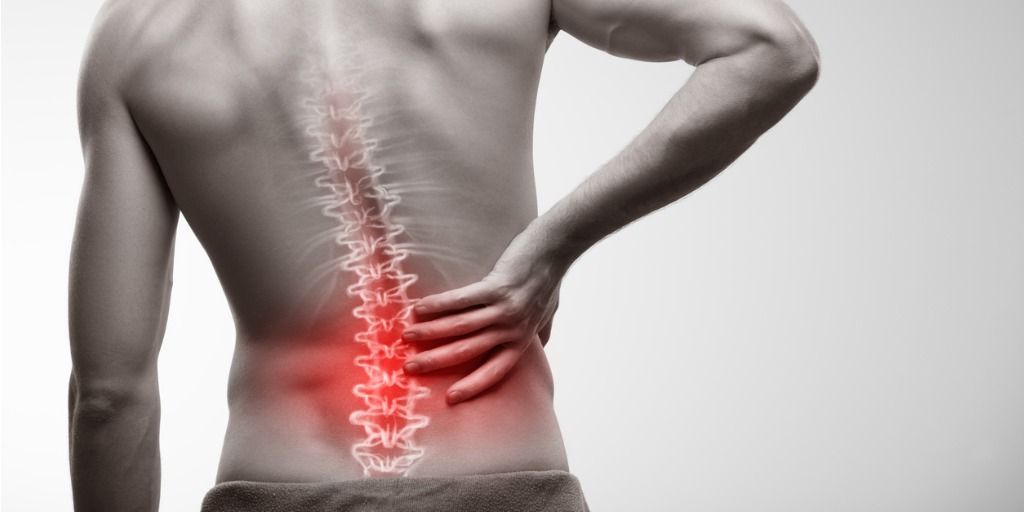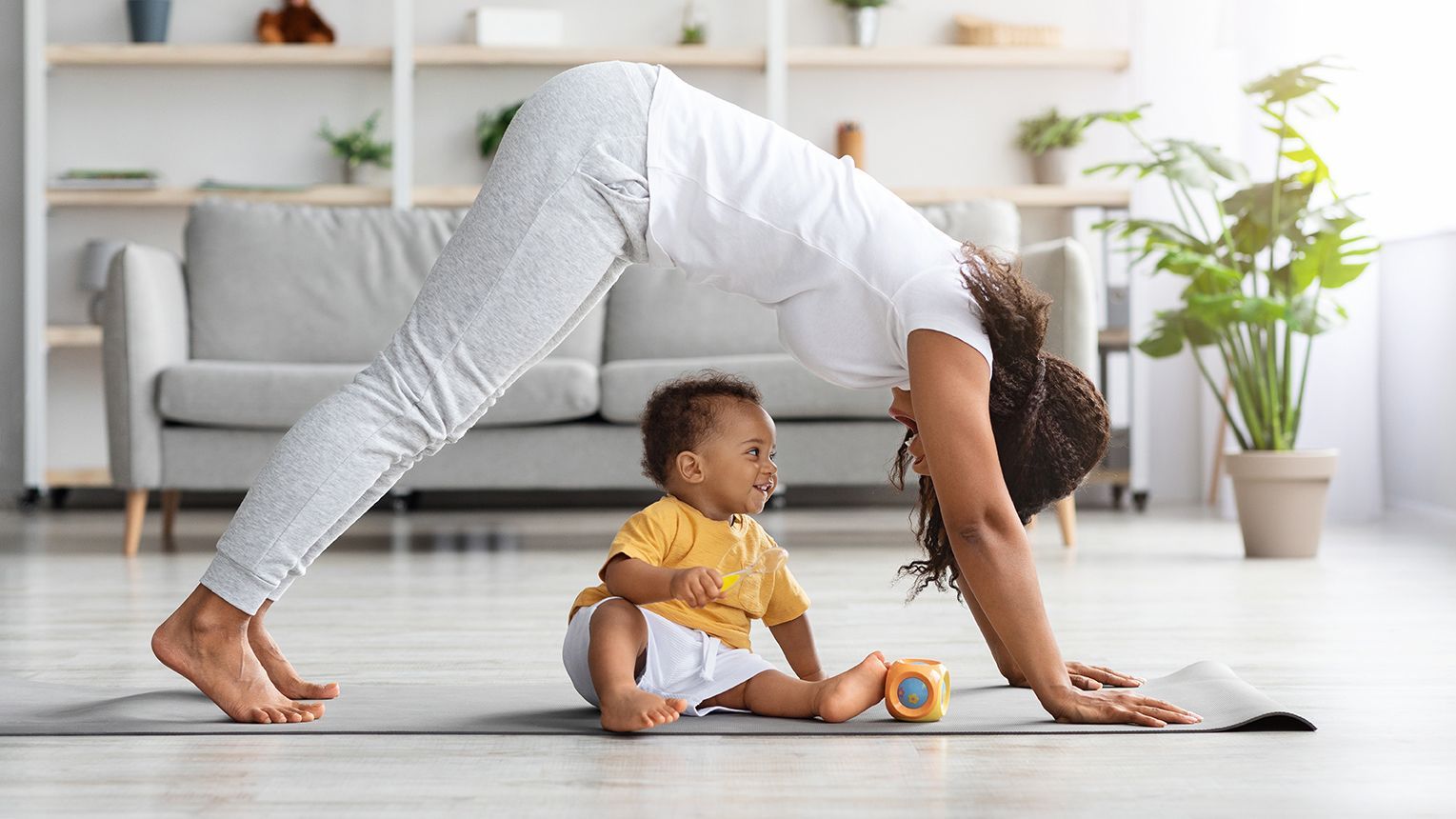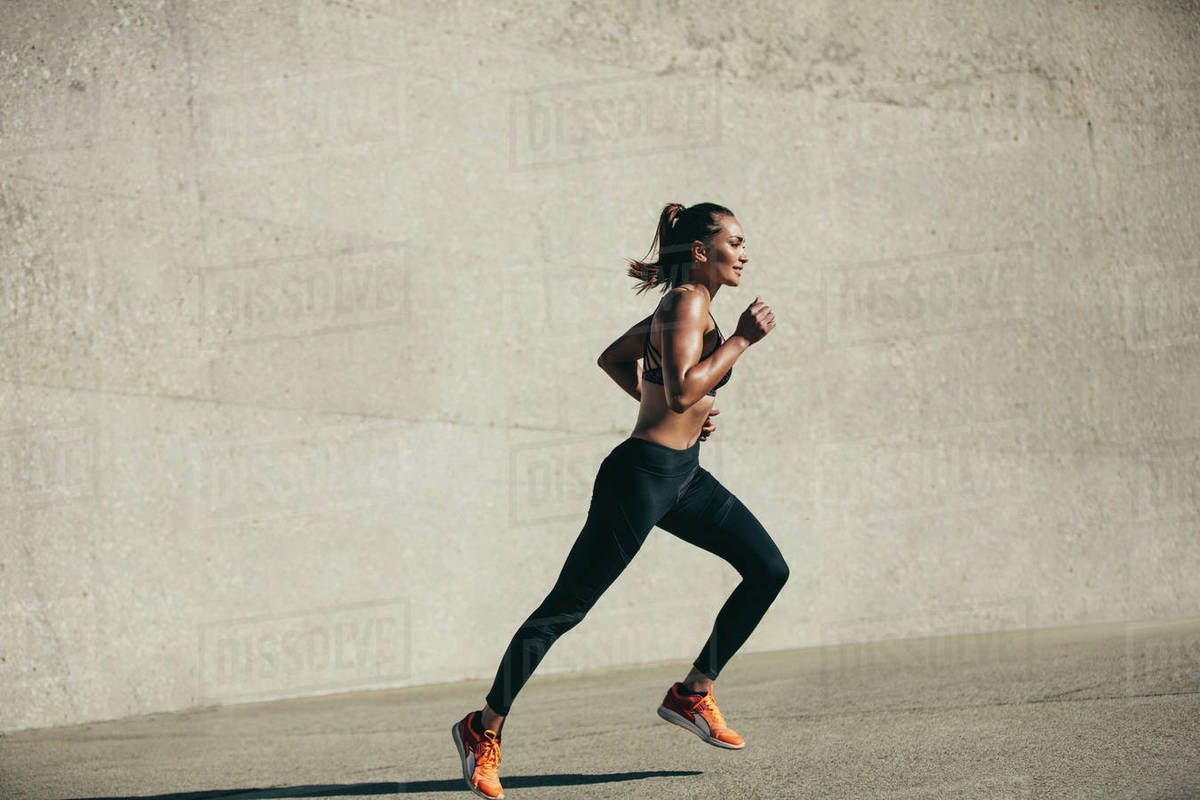Exercising for better skin
So why is skincare important when we exercise… here is everything you need to know!
Increase Blood Flow - circulate oxygen and nutrients to the skin and other areas of the body. Oxygen accelerates the wound-healing process and aids cell regeneration so that the skin can maintain a healthy, beautiful glow.
Flush Out Toxins – from UV, smoke/pollution can cause inflammation, acne, eczema. Exercise increases lymphatic drainage, removes toxins.
Decrease Stress - release of endorphins (hormones that make us feel happy) which can help decrease stress and anxiety. Decreased levels of cortisol (the stress hormone) also help the immune system function so that it can effectively combat skin damage and keep your entire body healthy.
Prevent Signs of Aging - Decreased stress levels, oxygenation in the skin, and healthy sleep regulation are all essential to maintaining a healthy, youthful look.
You’re probably thinking, “Why should I care about my skin before I go have a sweat sesh if I plan to shower afterward?”
A pre-workout skincare routine because working out with dirt, debris, or even makeup on your face can wreak havoc on your skin. Likewise, your additional post-workout skincare routine will rid you of leaving sweat, dirt, and debris that could lead to a potential breakout if left unattended. Recommend following these steps pre-workout to guarantee a fresh face and clear skin:
Step 1: Cleanse Face and Remove Makeup
Regardless of whether you have on makeup, you want to wash your face so that you have a clean complexion before you start your workout. A quick and simple solution recommend is a gentle cleanser or micellar water - lift away pore-clogging dirt and debris from the surface of your skin & waterproof makeup, too.
If you are running out of time to clear your skin between a lunch break dermatologist have said, “You’ll sweat and it’ll get a little messy, but it’s not all that bad to have makeup on your face during exercise." If you’re about to workout, it’s best to do so with a clean, makeup-free face. As your body heats up during a workout, your pores open and you definitely don’t want all the surface grime to settle into your pores.
Step 2: Apply A Facial Mist
Hydrating is key during any workout – internally as you drink H2O during your workout, as well as externally on your face! Apply a facial mist to provide your skin with a boost of hydration. Will improve the overall texture of your skin and leave it feeling soft, smooth, and refreshed during your workout.
Step 3: Hydrate with A Moisturiser
Stick with a moisturizer that is lightweight and absorbs quickly. Using a mineral-rich moisturiser can boost the skin’s moisture barrier function.
Step 4: Apply SPF
If you plan on getting your fitness on outdoors, plan on applying to all exposed areas of your body. Sunscreen protection is one of the most important steps in any and all skin-care routines!
Advice applies even if you’re working out in a gym with windows that let light in. “Anytime there’s visible light, you’re exposed to some part of the electromagnetic spectrum,” “Growing evidence is showing that all light is important when it comes to skin damage and aging.”
Post-workout:
Cleansing
Is Key
Remove sweat, bacteria, and impurities accumulated during the session. Gentle cleanser suitable for your skin type to remove sweat without stripping away essential oils - helps prevent breakouts, skin feel fresh.
Hydration
and Replenishment
Sweating can dehydrate the skin, making it essential to restore lost moisture. Incorporate a hydrating moisturiser or serum.
Preventing
Breakouts and Acne
The combination of sweat, oil, and bacteria can clog pores and lead to acne flare-ups. If you're prone to acne, consider using products with ingredients that slightly exfoliate like pineapple fruit extract or lactic acids.
Protecting
Your Skin
Even after your workout indoors, your skin might still be exposed to harmful UV rays. Apply sunscreen if you're heading out post-exercise. Sun protection is crucial to shield your skin from premature ageing, pigmentation, and other sun-related damage.
The Importance of Timing
It's ideal to cleanse and moisturise your skin within 30 minutes of finishing your workout. This time frame allows for efficient removal of sweat and prevents it from settling into your pores, reducing the risk of skin issues.
According to the cosmetic surgery professionals, it is better not to cool down for a long period of time, but to actually go straight to the shower to start on your post-workout skin care routine so that the sweat and bacteria don’t settle. “Sweating creates a warm and wet environment for bacteria to grow.”
Facts you may not know:
Use a clean towel if you need to blot your sweat, definitely don’t use your dirty hands or your sweaty t-shirt
Keep your hair off your face. If you have longer hair, it’s best to keep it pulled back and away from your face during a workout. This helps prevent oils (not to mention any hair products you used that day) from also clogging your pores, which can contribute to breakouts.
It’s also helpful to cool off skin to prevent breaking of blood vessels and return skin temperature to a normal level quicker, even a quick splash of cool water post-workout is good practice.
Exercise not only benefits your muscles; it also improves your skin's health. Studies show that activities like endurance and high-intensity aerobic training can help reduce signs of aging and enhance your overall complexion. Whether you work out at a gym or exercise outdoors, always remember to moisturize your skin, protect your skin with sunscreen, and refresh your skin afterward with cool water.
References:
1.
https://premierdermde.com/the-importance-of-a-pre-workout-skincare-routine/
2.
https://southerncosmetics.com.au/news/home-workout-skincare-dos-and-donts-when-working-out/
3.
https://www.everydayhealth.com/skin-beauty/skin-care-musts-before-after-your-workout/




